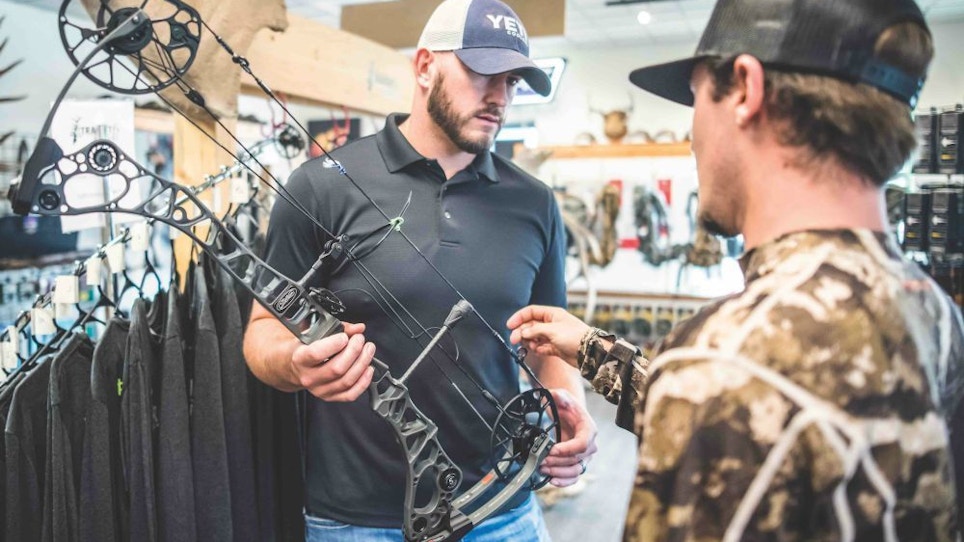Economies are highly localized. For instance during a recent economic downturn, while many regions of the country suffered financially, Texas businesses saw no noticeable hiccups in gross revenues. And these businesses are as varied as retail sporting goods to auto-body repair shops. Even when robust national economies prevail, regional differences in overall wages and disposable income often dictate consumer-spending habits.
Some examples: Natural-resource extraction industries (common in more rural areas) tend to concentrate wealth with fewer individuals and suppress regional wage rates and lower disposable income. Big city spenders, with a wider array of job opportunities, tend to earn higher wages and spend more freely.
Being a freelance writer, living in rural areas and bringing income from outside my local economy, I tend to live in a bubble. But this wage disparity really hit home several years ago when my wife was laid off from a lucrative military-contract job (also outside the local economy) and I was forced to temporarily (two years) take a second job in outdoor retail to keep the wolves off the porch.
Prevailing wages aren’t always an accurate indicator of spending habits, and there is just no way to predict priorities without getting out there and observing local customs at 3D tournaments and hunting camps.”
For many decades I had lived in a world of flagship bows, top-grade arrows, broadheads, bow accessories and high-tech hunting togs. So, it was a bit of a shock when I formed the five-store chain’s entire archery program from scratch only to discover consumers in our region wouldn’t touch the wares I deemed necessary for basic bowhunting operations. Flagship bows sold only after collecting dust for nine months and being marked 50 to 70 percent off regular price. Yet, I couldn’t keep basic $499 ready-to-hunt package outfits in stock. We had bowhunting customers who bought budget-priced arrows two to three at a time, often arriving in mid-season to buy a couple more.
These unexpected customer preferences weren't limited to bows.I was regularly asked, just before archery-season opener, to point out the cheapest broadheads we carried. I had believed cotton camouflage hunting attire was dead. I was wrong. Northern Idaho customers ate it up — based only on price. It might be added, too, that these weren’t beginning bowhunters who didn’t know any better, or bowhunters who were only tentatively dabbling in the sport. These were guys who generally killed their elk every year, who spent every spare moment in the woods or on stand. They were sure-enough dedicated bowhunters.
These purchasing tendencies were also a study in priorities. Most customers drove brand-new, four-door diesel pickups, invariably with brand-new, 750cc ATVs squatted in the bed. It would be a safe bet to assume they hunted from state-of-the-art camp trailers with showers, toilets and slide-out dining areas.
This was odd, coming from New Mexico’s renowned Gila region, where citizens generally made less or equal amounts of money. Yet these same hunters somehow managed to shoot $1,000 flagship bows, $150-per-dozen arrows, titanium broadheads, owned German-made optics and wore clothing marketed as gear. Yet, they also drove 20-year-old pickups, a well-used 300cc ATV and operating out of a backpacker’s tent.
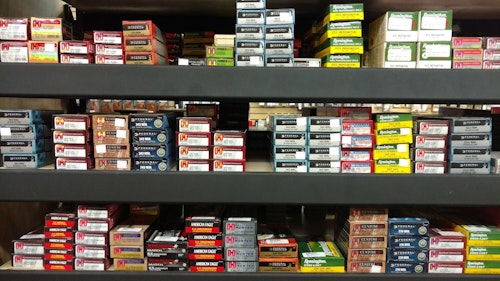
My point: prevailing wages aren’t always an accurate indicator of spending habits, and there is just no way to predict priorities without getting out there and observing local customs at 3D tournaments and hunting camps. The difference between northern Idaho and New Mexico might also be traced to the difficulty in obtaining tags. Idaho tags are largely provided over the counter, while New Mexico tags are won only sporadically through competitive lottery drawings. I’ve also noticed that Idaho elk hunters, who essentially get to hunt every year without fail, are often less skilled than New Mexico elk hunters who draw tags every three to five years, if they are lucky. There must be a correlation somewhere.
If you have been in business awhile, you know your customer base better than I do. If you are just starting up, you face the challenges touched on above. I know I read it all wrong all those years ago — based largely on what people all around me were driving — without taking into account most are not as adverse to balloon-interest financing as I am. I think it’s also safe to say that all of my archery-based analogies are easily transferred to firearms, optics, camping, footwear and so forth.
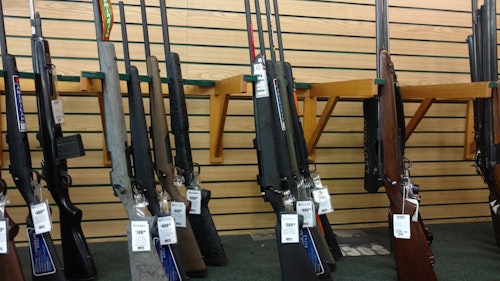
Now, I’d say — without reservation — that budget-priced merchandise is likely to always sell briskly. There are the beginners and dabblers I have already hinted at, but there are also the serious outdoors folk with different priorities or honestly without the funds to buy the best but looking for a solid tool for the job.
Now, your task as a respected retailer is to separate good deals from junk, as budget priced shouldn’t be translated to mean garbage product. Cheap gear that breaks or fails in the field, will only come back or at least make your customers think less of you, the merchandise you stock and your store. Modern manufacturing technologies have streamlined production and lowered costs in many areas.
I own rock-solid bow sights, for instance, that cost half of higher-end goods. I hunt with them confidently. Getting away from archery, I would point to rifles such as Ruger’s American, Mossberg’s Patriot, Remington’s Model 783 or Savage’s Axis II XP packages — just off the top of my head. These are wholly reliable rifles with price tags in the $400 to $500 range — opposed to the common $1,000 to $2,000 price for top-end rifles. These lower-cost rifles might not shoot sub-MOA groups out of the box (though many will surprise you, especially with minimal tweaking, like glass bedding, and especially handloading), but in reality the average big-game hunter needs a rifle capable of 3-inch groups to cleanly harvest even smaller deer.
Affordable optics have really come around through modern manufacturing. As an example, let’s look at Vortex Optics entry-level rifle scopes. A 3-9x40 or 4-12x44 Crossfire II will set a customer back only $200 to $220. Yet those scopes carry the same no-fault, lifetime warranty as the company’s higher-end models costing double or triple that. I have a 4-12x44 Crossfire on my .22 Hornet that gets used pretty hard on spring ground-squirrel shoots and have had no complaints. These are but examples. Do your research, shop around, stock reliable budget-priced product and you may actually find profit margins increase.
Mid-priced product is another solid price point. There are customers on tight budgets who hate the notion of buying entry-level product, but simply cannot afford the best. Mid-priced merchandise becomes the “up-sale” for such consumers. I’ll use Votex Optics again, because they make an easy and fitting example. Selling up from the Crossfire II would mean pushing a Diamondback HP optic, the company’s mid-priced lineup: same warranty, better glass and expanded features for $150 to $200 more.
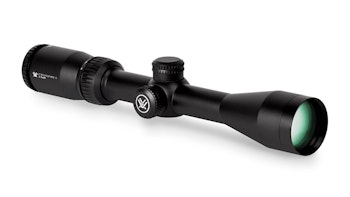
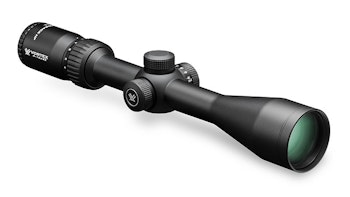
In the archery world, in particular, I see this mid-priced area as nearly standard. Serious or “class-conscious” bowhunters who simply can’t afford the best often steer clear of entry-level gear and opt for mid-priced gear. A mid-priced bow might, for example, generate the same speeds as the flagship bow, but weigh just a bit more in the hand. Or, this mid-priced bow might sacrifice 25 fps arrow speed by using last-year’s cam technology, but otherwise come with the bells and whistles that make the flagship sing.
In archery accessories such as sights, arrow rests, stabilizers or quivers, mid-priced wares normally mean forgoing tool-less, micro-adjustable features for dovetail, bolt-down models or those with less adjustability or snazzy color options, but all with lower price tags. Interestingly, while I consider myself a serious bowhunter (essentially something I do for a living), I prefer the simplicity found in such products — less weight, fewer moving parts to loosen or snag on passing brush. Sight or tune it, lock it down and forget about it — while also saving a few bucks. Customers get all the core technologies that make the accessory great, without the small conveniences which can actually prove problematic in the long haul.
Of course, no matter what region your storefront is located in or the economy it operates under, there will always be customers who can afford, and demand, the absolute best. This might be one of Hoyt’s carbon bows or Mathew’s latest flagships, a purpose-built long-range chassis rifle like the Ruger Precision Rifle or Savage 10 BA Stealth Evolution, Nightforce, Vortex Viper PST Gen II or Leupold Mark 6HD riflescope, German- or Austrian-made binoculars or spotting scope or First Lite or Sitka Gear hunting attire, as quick examples.
Surveying retailers across the country has also revealed that some independent retailers sell mostly high-end product, while others sell limited top-drawer wares. In the case of shops that sell mostly budget- to mid-priced product, the easy answer is special order. It might be financially feasible to keep a limited stock of high-end product on display as eye candy or for serious high-end buyers to handle, but it’s also safe to say that if well-heeled buyers are a low percentage of your customer base they will understand the necessity of special order. It can even work to make them feel even more special, ordering something others are not immediately privy to.
Successful retailing means catering to your specific and often, unique customer base. Providing product your customers want is obviously part of this and as much as any other factor, price point is an important part of the equation. Customers can only buy what they can afford, while others want and can afford the best. Local economies and resulting wages, general priorities and regional needs all dictate consumer spending habits. It can be a tough code to break, but the success of your business depends on it and you can ill afford to live in the kind of bubble I once did before entering retail sales. Listen to your customers, pay attention to what they are carrying at target shoots and in the field and you are well on your way to more accurate shop stocking.
